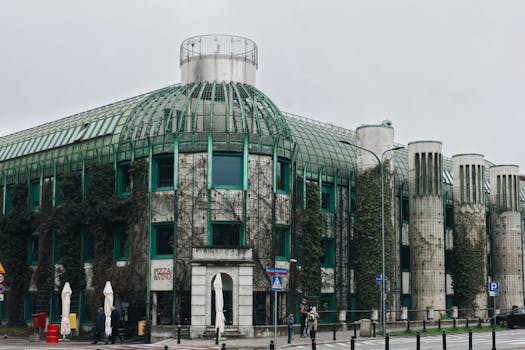
Sustainable Cities: How Europe is Shaping Eco-Friendly Lifestyles by 2025
Sustainable Cities are becoming increasingly important as the world shifts towards a more environmentally conscious way of living. Sustainable Cities are at the forefront of this movement, and Europe is taking the lead in shaping eco-friendly lifestyles. By 2025, European cities are expected to be models of sustainability, with innovative green initiatives and cutting-edge technologies.
Introduction to Sustainable Cities
Sustainable cities are designed to minimize their impact on the environment, while also providing a high quality of life for their citizens. This is achieved through a combination of green architecture, renewable energy sources, and eco-friendly transportation systems. European cities are investing heavily in sustainable development, with a focus on reducing carbon emissions, promoting recycling, and conserving natural resources.
European Cities Leading the Way
Cities such as Copenhagen, Stockholm, and Amsterdam are already recognized as leaders in sustainable development. These cities have implemented innovative green initiatives, such as bike-sharing schemes, electric vehicle charging stations, and energy-efficient buildings. For example, Copenhagen’s carbon emissions have been reduced by 40% since 2005, making it one of the most sustainable cities in the world.
Green Initiatives in European Cities
European cities are also implementing a range of green initiatives to reduce their environmental impact. These include:
- Renewable energy sources, such as wind and solar power
- Green roofs and walls, to reduce energy consumption and improve air quality
- Eco-friendly transportation systems, such as electric and hybrid buses
- Recycling programs, to reduce waste and promote sustainability
Benefits of Sustainable Cities
The benefits of sustainable cities are numerous, and include:
- Improved air and water quality, leading to better public health
- Reduced greenhouse gas emissions, contributing to climate change mitigation
- Increased energy efficiency, reducing energy consumption and costs
- Improved quality of life, with more green spaces and recreational areas
Challenges and Opportunities
While European cities are making significant progress in sustainable development, there are still challenges to be addressed. These include:
- Funding and investment, to support the implementation of green initiatives
- Public engagement and education, to raise awareness and promote behavior change
- Policy and regulation, to support sustainable development and enforcement
Conclusion
In conclusion, European cities are shaping eco-friendly lifestyles and reducing environmental impact by 2025. With innovative green initiatives, cutting-edge technologies, and a commitment to sustainability, these cities are becoming models of sustainable development. As the world continues to urbanize, the importance of sustainable cities will only continue to grow, and Europe is well-positioned to lead the way.





